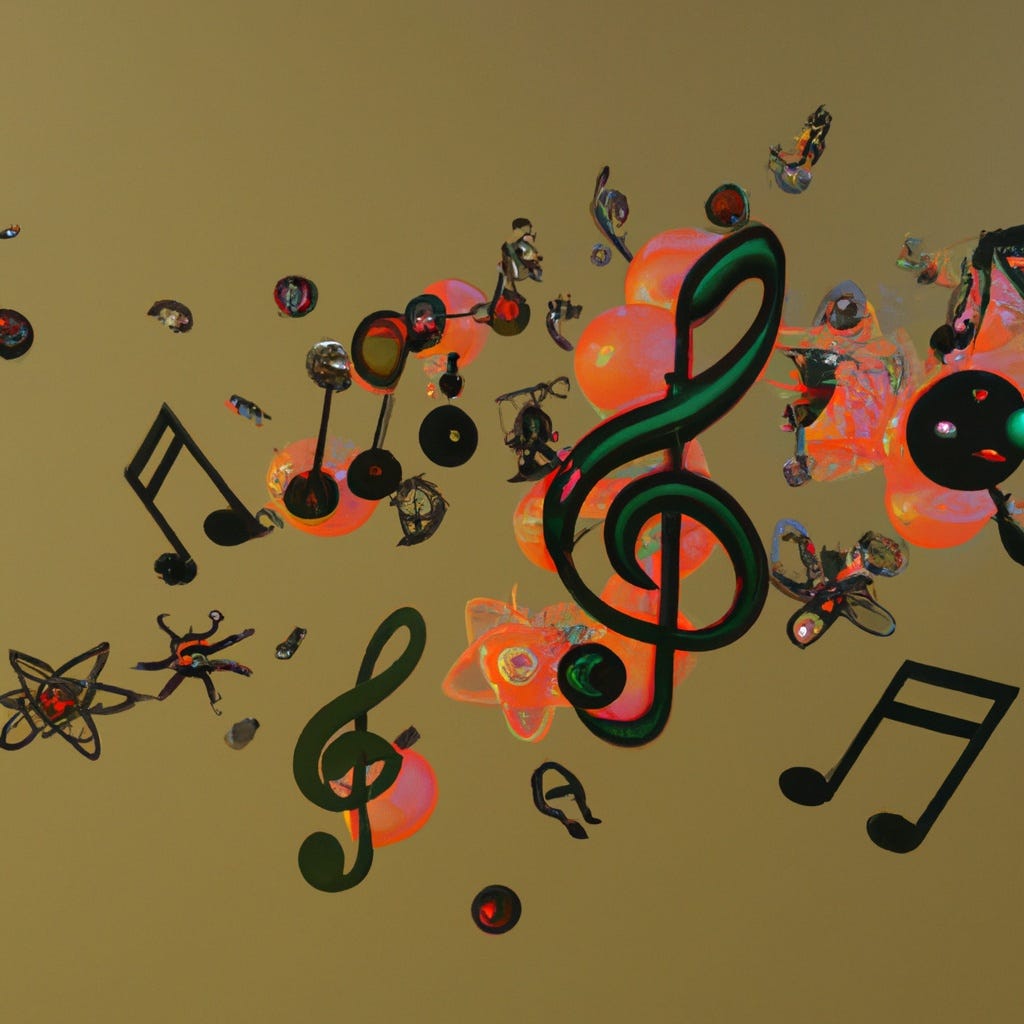Quantum Untangled: Finding ways to make the noise stop
...and make the qubits sing.
Learning to play a musical instrument to a professional standard takes thousands of hours. You might be able to hammer out ‘Twinkle, Twinkle, Little Star’ after just a few lessons, but a concert-level performance of Liszt’s La Campanella takes a lifetime of hard graft. The same applies to any feat of human achievement: we learn through error, self-correction, and practice. Repeating a scale over and over imprints that pattern into our muscles and mind, forming new core memories that, over time, guide us as we continue to develop our skills and play ever more complex pieces – without error.
A similar process is playing out in quantum computers. Those operators of the latest machines are plagued by errors or ‘noise’, much like the parent of a child picking up a violin for the first time is plagued by endless screeching. Noise is also a problem for the developers of current-generation quantum processors and it isn’t an easy problem to solve, the result of unpredictable perturbations interfering with the delicate measurement of oh-so-fragile qubits.
The solution comes in the form of quantum error correction, a vital technique that allows practical, reliable quantum computing by detecting and correcting these errors. It works by encoding each logical qubit across multiple physical qubits, meaning that even if some physical qubits fail, the encoded information remains intact. The engineering of robust error correction and fault-tolerant logical qubits remains one of the biggest challenges that need to be overcome before we can begin to meaningfully scale quantum computers — one that few companies claim to be close to achieving.
Development in the space is as rapid as it is complex. One potential solution from researchers at the Harvard Quantum Initiative based at Harvard University involves looking at the way classical computers correct errors by copying encoded data over and over. The project is being led by Mikhail Lukin, a Harvard professor of theoretical physics and co-founder of startups Quantum Diamond Technologies and QuEra Computing.
Lukin’s big innovation involves entangling a two-qubit logic gate by configuring a neutral atom array in such a way that it could dynamically change its layout. This process happens mid-computation and leads to significantly lower error rates. The ability to entangle atoms with error rates below 0.5% puts neutral atom quantum computing on par with superconducting and trapped-ion qubit systems. Where the neutral atom technology further stands out is the relatively small size of the system compared to others of its ilk, its efficient qubit control and, according to Harvard, its ‘ability to dynamically reconfigure the layout of atoms.’
“We’ve established that this platform has low enough physical errors that you can actually envision large-scale, error-corrected devices based on neutral atoms,” said Simon Evered, a student in Lukin’s group. “Our error rates are low enough now that if we were to group atoms together into logical qubits — where information is stored non-locally among the constituent atoms — these quantum error-corrected logical qubits could have even lower errors than the individual atoms.”
The details of the innovation have been published in the most recent issue of Nature, alongside another paper on quantum error correction paper by researchers from CalTech. This team created a “quantum eraser” that they can pinpoint and correct for mistakes in quantum computing systems known as "erasure" errors. This tool also works on neutral atom systems, such as the one used by PASQAL that we mentioned last week.
CalTech’s quantum eraser worked on atoms excited to high-energy states known as ‘Rydberg states,’ where neighbouring atoms start interacting with one another. "The atoms in our quantum system talk to each other and generate entanglement," explained Pascal Scholl, co-lead author from CalTech who works with PASQAL. But this doesn’t normally last for very long, he continued: eventually, an error happens which breaks the quantum state.
“These entangled states can be thought of as baskets full of apples, where the atoms are the apples,” said Scholl. “With time, some apples will start to rot, and if these apples are not removed from the basket and replaced by fresh ones, all the apples will rapidly become rotten. It is not clear how to fully prevent these errors from happening, so the only viable option nowadays is to detect and correct them."
The quantum eraser lights up erroneous atoms when they are hit with a laser, warning the system of the error. That then allows it to apply additional laser pulses to actively correct these mistakes. By locating and removing the errors in this way, the CalTech team found that only one in 1,000 pairs of atoms failed to become entangled. This, explained Scholl, improved the rate of entanglement over previous methods by as much as a factor of 10.
It’s astounding, encouraging work – but it’ll take more experimentation, more patience, and more mistakes being made before we can harness the power of truly noiseless quantum computers in the same way accomplished musicians can master the clarinet or violin. And that’s fine. Because, as the Danish polymath Piet Hein reminds us, the road to wisdom is “plain and simple to express – err and err and err again, but less and less and less.”
Partner Content
The security challenges of digitalising the energy grid - Tech Monitor
How do we restore trust in the public sector? - The New Statesman
Brands must seek digital fashion solutions - Tech Monitor
The new to direct capital deployment to decarbonise household electrification - Capital Monitor

